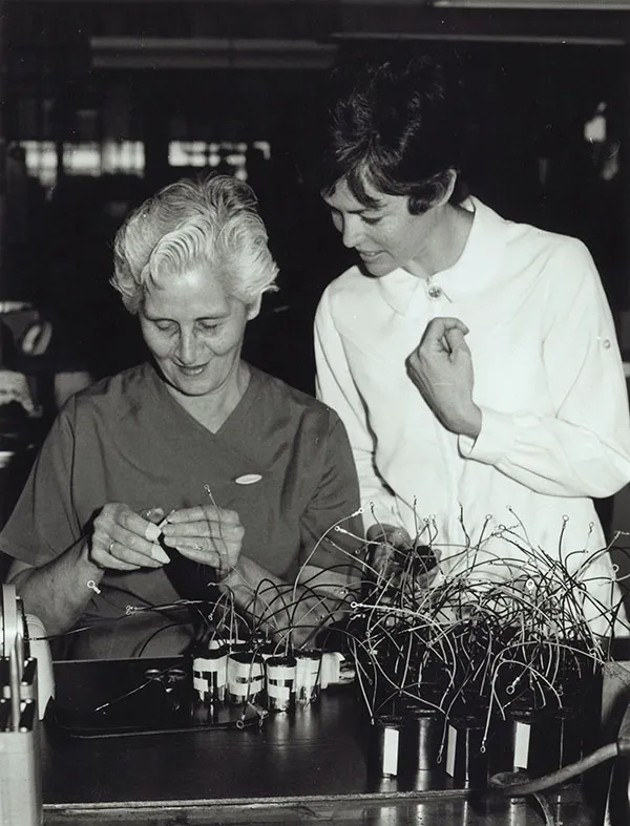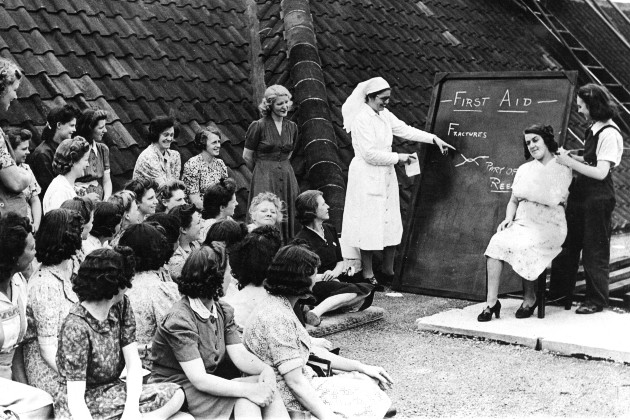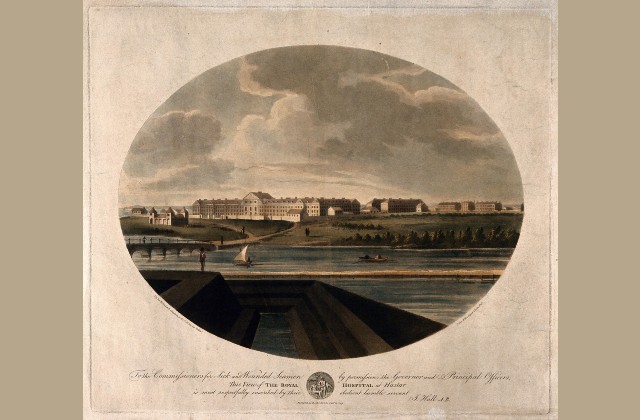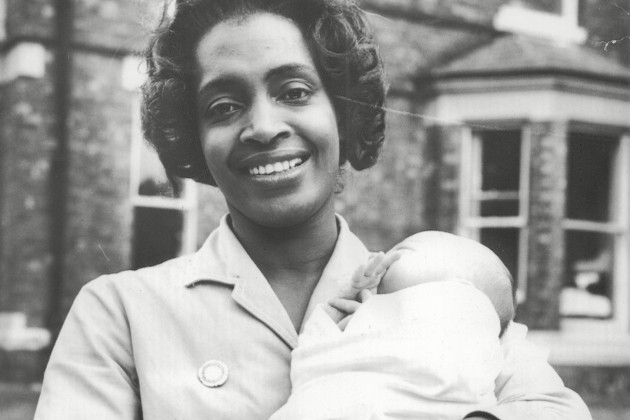Occupational health nursing has surrounded specific professions for decades, but it has drastically changed, evolving from a reactive treatment service into a preventative one.
Nursing staff had to be quick to adapt to fast-paced industrial transformation throughout the 19th and 20th centuries. As early adopters of holistic care, they could often be found in the workplace alongside their patients so they might better understand their health and wellbeing.
When new legislation pushed through improvements to workers’ rights, the very same nurses assumed a more hands-on role.
Early evolution
People have been associating diseases, conditions and injuries with certain professions for centuries.
Georgius Agricola (1494–1555), a German scholar and physician, lived in the mining town Jáchymov in the Czech Republic in 1527, which had a booming mining industry and smelting works. There, he cared for the town’s civilians as a physician and pharmacist.
He was dedicated to researching mineralogy and kept records of local treatments for various mining-associated ailments. As far back as the 16th century, the relationship between poor working conditions and increased mortality was beginning to be recognised.

This relationship became more apparent during the Industrial Revolution. Between 1760 and 1840 in Europe, people sought out work in developing towns and cities, moving away from the countryside to urban areas, where living and working conditions were poorer. Overcrowding, poor sanitation, disease and malnutrition became more common, and more people took on jobs in factories.
Children as young as four were expected to work to contribute to the household and help feed a hungry family, but their roles were often dangerous. Many worked with large machinery and in cramped conditions which could not be reached by adults.
Entering the workplace
The Factory Act of 1833 introduced new laws that focused on the youth working in factories, and for the first time, age limits were set, 12-hour shifts implemented, and legal requirements for children to have two hours’ schooling a day were put in place.
Walls were expected to be whitewashed, which was believed to increase ventilation and expose harmful dirt and dust, and factory inspectors were introduced to ensure compliance.
Many of these measures are taken for granted today, but at the time, they were revolutionary.
It wasn’t until the 1870s that we have evidence of the first nurse to work in an industrial setting in the UK, Phillipa Flowerday (1846–1930).
Flowerday was a district nurse at Colman's mustard factory in Carrow, Norwich, in 1878, and was paid a rate of 26 shillings per week – around £1.25 in modern currency. She carried out house visits to unwell or injured employees and she assisted at a dispensary within the factory itself.
As time went by, people took more notice of the correlation between ill health and poor working conditions, and proactively demanded change.
“Few other health practitioners could be consulted by workers in the early stages of physical or mental ill health and consequently be referred for appropriate medical attention.”
On the shop floor
Men often dominated the industrial workplace, from factory workers to those in positions of influence and power. Those at the top increasingly understood the value of nursing care to improve their workers’ health and productivity.
Nurses were often employed in a welfare capacity to visit the workers at home, as Flowerday did, but gradually they moved into the working environment.
Various industries from coal mining to the cotton mills have a history of occupational diseases and health-related issues, including musculoskeletal injuries, deformities, skin conditions, and poor eye health.
Cramped working conditions, poor ventilation and lighting, damp and cold working conditions, poor nutrition and long days with little rest, all contributed to an employee’s poor health and wellbeing.
To fully understand these conditions, nurses were often allowed onto the factory floor, a practice still evident today.
In 1961, Australian nurse Nancy Bundle took the unusual step of applying to become a factory nurse after qualifying. She became an occupational health nurse at British Automotive Industries and recorded her experiences in her book, Nurses at Work: A History of Industrial and Occupational Health Nurses in New South Wales.
During her time there, she treated various injuries ranging from burns and skin dermatitis caused by the oils that workers were exposed to. She recalls a patient who was a “tool maker using a grinding wheel which broke and exploded and [as did] parts of his eye”.
During the 1960s, the dangers of asbestos were known, but little understood. Nancy wrote: “No one was concerned for the lady process worker who each day was covered in asbestos dust, or the cleaner who swept it up.”
She travelled to London to study at the Royal College of Nursing for post-graduate training in industrial nursing and went on to become an adviser and nurse educator herself, with a focus on prevention and identifying hazards.
The role of the occupational nurse was unique, she wrote: “Few other health practitioners could be consulted by workers in the early stages of physical or mental ill health and consequently be referred for appropriate medical attention.”

Modern developments
Training and support for occupational nurses was difficult to find, so many looked to the RCN. During the 1980s nurse education developed from hospital-based schools of nursing to university-based degree courses.
The RCN kept pace with these changes. By 1990, the RCN had developed the training Nancy Bundle had attended into a diploma and a degree course in occupational health nursing, and nurses who successfully completed it could be included on the register.
Specialist nursing groups and networks formed, and by 1960, the RCN had five specialist societies for members, one of which was occupational health. These groups enabled members to discuss specialist interests and later came to provide specialist clinical guidance.
Occupational health now sits in the RCN Public Health Forum, where it continues to be active today.
All the while, occupational health nurses have embedded mental health into their practice. From the 1960s onwards, asylums closed and people with mental health issues are now living, working and being cared for in the wider community – including in the workplace.
Public health was evolving and while occupational health was a part of it, it remained on the fringes while the profiles of district and practice nursing and health visiting were raised.
Public health professionals all have one goal and that is to provide the best care and improve health and wellbeing across the population. Occupational health and its importance in the workplace is often overlooked or paid lip service to, but we make a major contribution to the population at large.
Tracey Cooke is a specialist occupational health practitioner and member of the RCN Public Health Forum.
More information
- Read more history features on the RCN History of Nursing Forum page.
- For more information about occupational health via the RCN Public Health Forum, visit their page for the latest news, events and publications.
- Find out more about Nancy Bundle and nursing in the industrial age from this article in The Lamp.
- The RCN Library and Archive Service can help you make sure your research is historically accurate and find source material. Contact the team at rcn.library@rcn.org.uk. The History of Nursing Forum is a great peer support group – get in touch at honf@rcn.org.uk.








